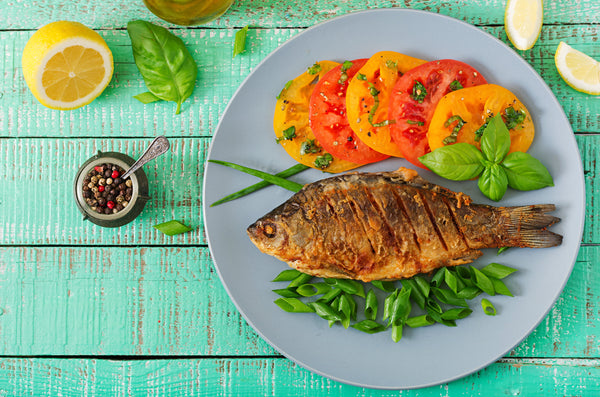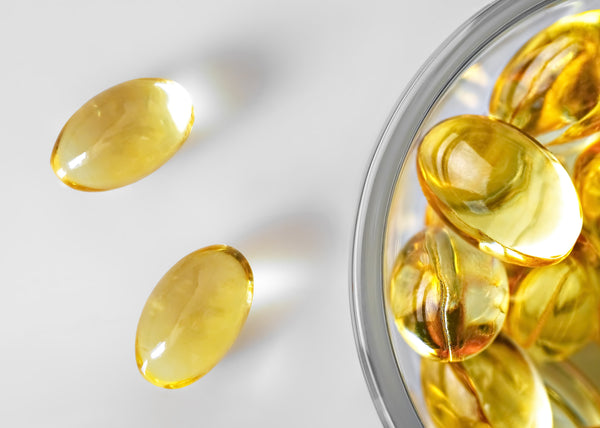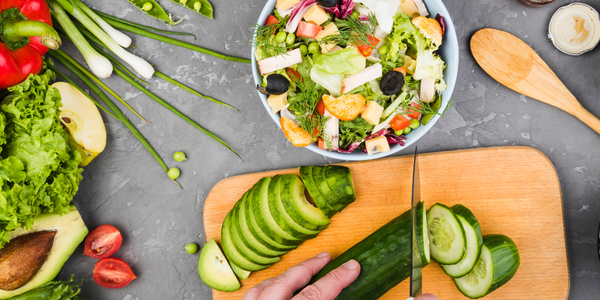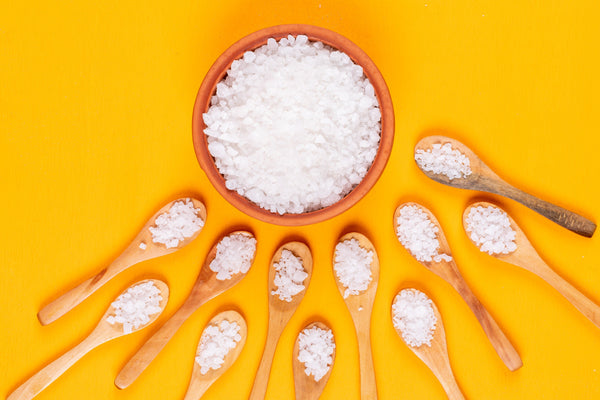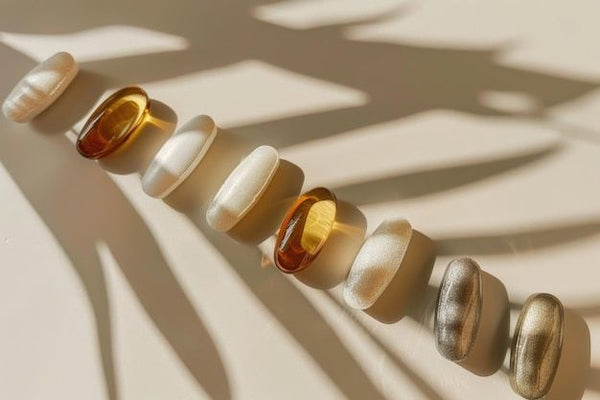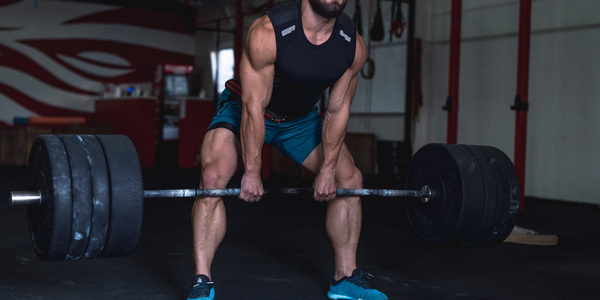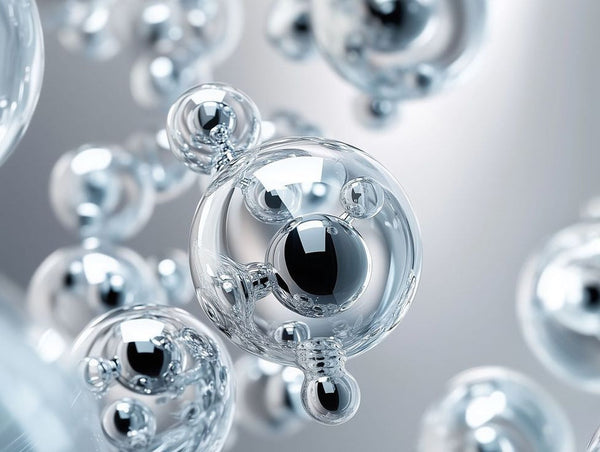Menstrual cramps, also known as dysmenorrhea, can be incredibly debilitating for many women. The pain and discomfort associated with menstrual cramps can often interfere with daily activities and make it difficult to focus on anything else. However, there are several self-care tips to manage menstrual cramps and provide period cramp relief.
Understanding Menstrual Cramps
What are Menstrual Cramps?
Menstrual period pains are characterized by a dull or throbbing pain in the lower abdomen, often accompanied by other symptoms such as back pain, headaches, and fatigue. These period cramps occur during menstruation and are caused by the contractions of the uterus as it sheds its lining.
For many individuals, period cramps are a monthly occurrence that can range from mild discomfort to debilitating pain. The severity of menstrual cramps can vary from one menstrual cycle to another, and some people may find relief through lifestyle changes, medications, or alternative therapies.
The Science Behind Menstrual Cramps
During menstruation, the muscles of the uterus contract to help expel the menstrual blood. These contractions are triggered by chemicals known as prostaglandins, which are produced by the body. Higher levels of prostaglandins can lead to more intense and painful cramps.
In addition to prostaglandins, other factors such as hormonal imbalances, stress, and underlying medical conditions can contribute to the severity of menstrual cramps. Understanding the various causes of menstrual cramps can help individuals better manage their symptoms and seek appropriate treatment when needed.
Causes of Menstrual Cramps
Hormonal Changes and Cramps
Fluctuations in hormone levels, particularly high levels of prostaglandins, cause severe menstrual cramps. Prostaglandins are released in higher amounts during menstruation, leading to stronger contractions of the uterine muscles. This increased uterine activity can result in the characteristic cramping pain experienced by many individuals. These hormones cause the uterus to contract more forcefully, resulting in increased pain.
Risk Factors of Severe Menstrual Cramps
In some cases, menstrual cramps may be a symptom of an underlying health condition such as endometriosis or uterine fibroids.
Endometriosis is a condition where the tissue that normally lines the inside of the uterus grows outside of it, leading to inflammation, scarring, and intense pain during menstruation.
Uterine fibroids are noncancerous growths in the uterus that can cause increased menstrual pain and heavy bleeding. Identifying and addressing these underlying health issues is crucial in managing and alleviating menstrual cramps effectively.
If you experience severe or prolonged cramps, it is essential to consult with a healthcare professional to rule out any underlying conditions.
Self-Care Tips to Manage Menstrual Cramps
Importance of Self-Care During Menstruation
Self-care plays a crucial role in managing menstrual cramps and promoting overall well-being during menstruation. By taking care of yourself both physically and mentally, you can minimize the impact of cramps and make your period more manageable.
Creating a Comfortable Environment
Creating a comfortable environment can help alleviate menstrual cramps. This includes using a heating pad to apply warmth to the lower abdomen, wearing comfortable clothing, and finding a quiet and relaxing space to rest.
Heat Therapy for Cramp Relief
How Heat Therapy Works
Applying heat to the lower abdomen can help relax the uterine muscles and alleviate menstrual cramps. Heat therapy improves blood circulation, reduces muscle tension, and provides a soothing effect on the pelvic region.
When heat is applied to the lower abdomen, it causes the blood vessels to dilate, increasing blood flow to the area. This increased blood flow helps to flush out the chemicals that cause pain and inflammation, providing relief from menstrual cramps. Additionally, the warmth from the heat source can stimulate the sensory receptors in the skin, distracting the brain from perceiving the cramps and providing period pain relief.
Different Methods of Heat Therapy
Various methods of heat therapy can be effective in relieving menstrual cramps. Some options include:
- Using a heating pads
- Adhesive heat patches
- Taking warm baths or showers
- Using hot water bottles
- Applying warm towels to the lower abdomen
Heat patches are a popular option recently that contain chemicals that react with the air to produce heat, providing continuous warmth to the affected area. They are convenient as they can be worn discreetly under clothing, allowing for mobility while still receiving the benefits of heat therapy.
Essential Oil Massage for Menstrual Cramps
Benefits of Essential Oils
Essential oils have been used for centuries for their medicinal properties. When it comes to menstrual cramps, certain essential oils can help reduce pain and inflammation, promote relaxation, and provide a sense of calm.
One of the key benefits of using essential oils for menstrual cramps is their ability to target the root cause of the pain. Essential oils like lavender and clary sage contain compounds that can help relax the uterine muscles, easing the intensity of cramps. Additionally, the aromatic properties of these oils can have a positive impact on mood and stress levels, which are often exacerbated during menstruation.
Massage Techniques for Cramp Relief
Massaging the lower abdomen with essential oils can be a soothing and effective way to manage menstrual cramps. Combine a few drops of essential oil such as lavender, clary sage, or peppermint with a carrier oil like coconut or almond oil, and gently massage the area in circular motions.
It's important to note that the massage technique used can also contribute to the overall effectiveness of the treatment. Applying gentle pressure and using slow, deliberate strokes can help increase blood flow to the area, further reducing discomfort. Taking the time to focus on self-care and relaxation during this process can enhance the benefits of the essential oils and promote a greater sense of well-being.
Herbal Diet
Incorporating certain herbs into your diet can also help alleviate menstrual cramps. Herbs like ginger, cinnamon, and chamomile have anti-inflammatory properties and can help relax the uterine muscles. Consider adding these herbs to your meals or drinking herbal teas for additional relief.
Another herb that has been traditionally used to ease menstrual cramps is cramp bark.
Cramp bark, as the name suggests, is known for its ability to reduce muscle spasms and cramping, making it a popular choice for women seeking natural remedies for menstrual discomfort. You can find cramp bark supplements in health food stores or brew them into a soothing tea.
Certain essential oils like lavender, clary sage, and marjoram are derived from herbs and are known for their calming and pain-relieving properties. They can also provide relief from menstrual cramps. Simply add a few drops of these essential oils to a diffuser or mix them with a carrier oil for a relaxing massage to help ease your menstrual symptoms.
Foods to Avoid During Period Cramps
While some foods can help manage menstrual cramps, others can exacerbate the pain and discomfort. It is advisable to avoid:
- High-sodium foods
- Caffeine
- Refined sugar
These foods contribute to inflammation and worsen cramping. Opt for nutrient-rich foods like fruits, vegetables, and whole grains instead.
Additionally, it's best to steer clear of processed foods and trans fats during your menstrual cycle, as they lead to increased bloating and water retention, making you feel more uncomfortable during this time. Instead, focus on consuming foods that are high in antioxidants and anti-inflammatory properties to help alleviate period symptoms.
Hydration
It is important to stay hydrated during your period to help ease cramps. Drinking plenty of water can help reduce bloating and keep your body functioning optimally. Herbal teas like chamomile or ginger tea can also provide relief from menstrual cramps due to their soothing properties. Remember, maintaining a balanced and healthy diet during your period can make a significant difference in how you feel overall.
Yoga for Cramps
Specific yoga poses can help relieve menstrual cramps by stretching and releasing tension in the pelvic area. Some recommended yoga poses for cramp relief include Child's Pose, Cat-Cow, and Reclining Bound Angle Pose.
Child's Pose, also known as Balasana, is a restorative yoga pose that gently stretches the hips, thighs, and ankles while promoting a sense of calm. This pose can help alleviate lower back pain and soothe menstrual cramps by allowing the abdominal muscles to relax.
Cat-Cow pose, or Chakravakasana is a gentle flow between two poses that helps warm up the body and increase flexibility in the spine. This movement can also improve circulation to the pelvic region, reducing discomfort associated with menstrual cramps.
Conclusion
Menstrual cramps can significantly impact a woman's quality of life, but with the right self-care techniques, they can be managed effectively. Understanding the causes of menstrual cramps, implementing self-care strategies like heat therapy and essential oil massage, and adopting a balanced diet can contribute to managing period cramps and provide pain relief.













